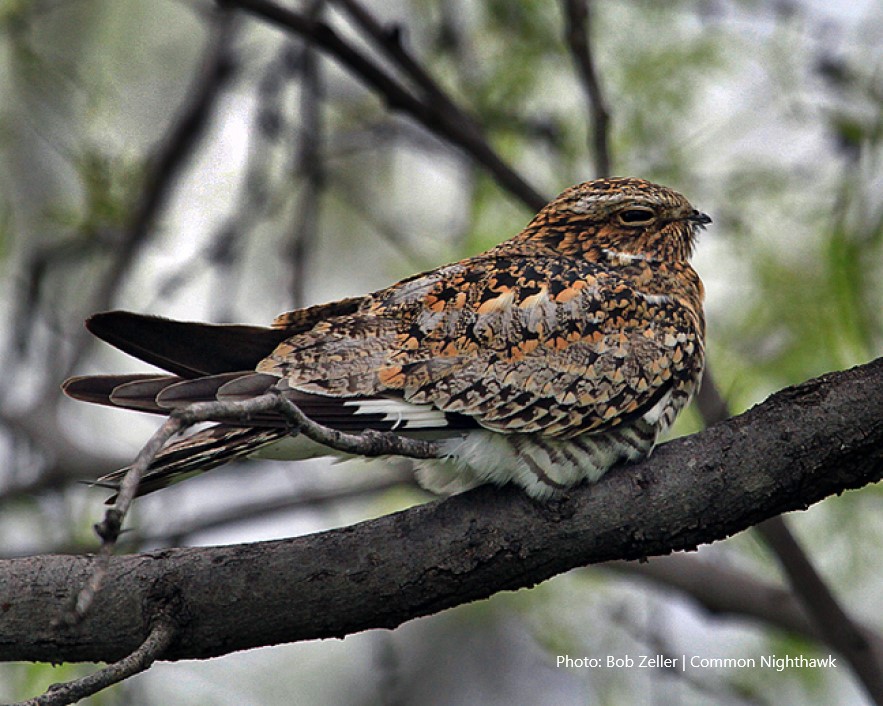Some animals are most active during twilight–dawn or dusk–because they can avoid predators and the warmest and coldest times of the day while still having some sunlight to explore. These animals are called crepuscular.
Let’s Get Started
With Daylight Savings Time ending the first Sunday in November, it’s a great time to spot wildlife without having to be up super early or super late at night.
- Go outside when the sun first rises and sets to observe crepuscular animals where you live.
- Be as quiet as possible, you might catch them before they find their hiding places for the day.
- Look high and low. There are lots of crepuscular creatures, large and tiny, which you might observe.
All About Crepuscular Animals
Crepuscular animals are most active at twilight to avoid predators and the warmest temperatures of the day and coldest temperatures at night while still having some sunlight to forage, find water and move about.
Crepuscular creatures are savvy! Predators are the most active at night or during the day. Both nocturnal and diurnal predators find it difficult to see in twilight. Many different species are crepuscular to avoid predators. Some mammals, birds, insects, and even some fish and reptiles can be crepuscular.
Common Crepuscular Animals
Document Your Discoveries

Keep track of the animals you find at dawn and dusk in your Nature Notebook.
Bonus: Watch for Wildlife and learn about diurnal, nocturnal, and cathemeral animals.


